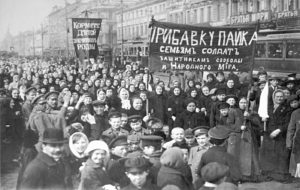One of the most powerful constraints on demonstrations and protests in the Russian Federation today is the assumption that such actions do not have an impact on the powers that be and thus participation in them involves high risks with low chances of making a difference.
Most Russians and most specialists on the Soviet Union and Russia today believe that the top leaders make their decisions exclusively in terms of their own interests without regard to the actions of the population. Indeed, Russian history since 1953 has been written and accepted as the record of what particular leaders wanted, with the attitudes and actions of the people.
Thus, Khrushchev moved to de-Stalinize to protect himself and his comrades a recrudescence of terror, Brezhnev pursued policies intended to avoid rocking the boat, Andropov sought to remobilize the country, and Gorbachev concluded that “we can’t continue to live like this” and ushered in perestroika, glasnost and the demise of the Soviet system.
Read more on Window On Eurasia.


